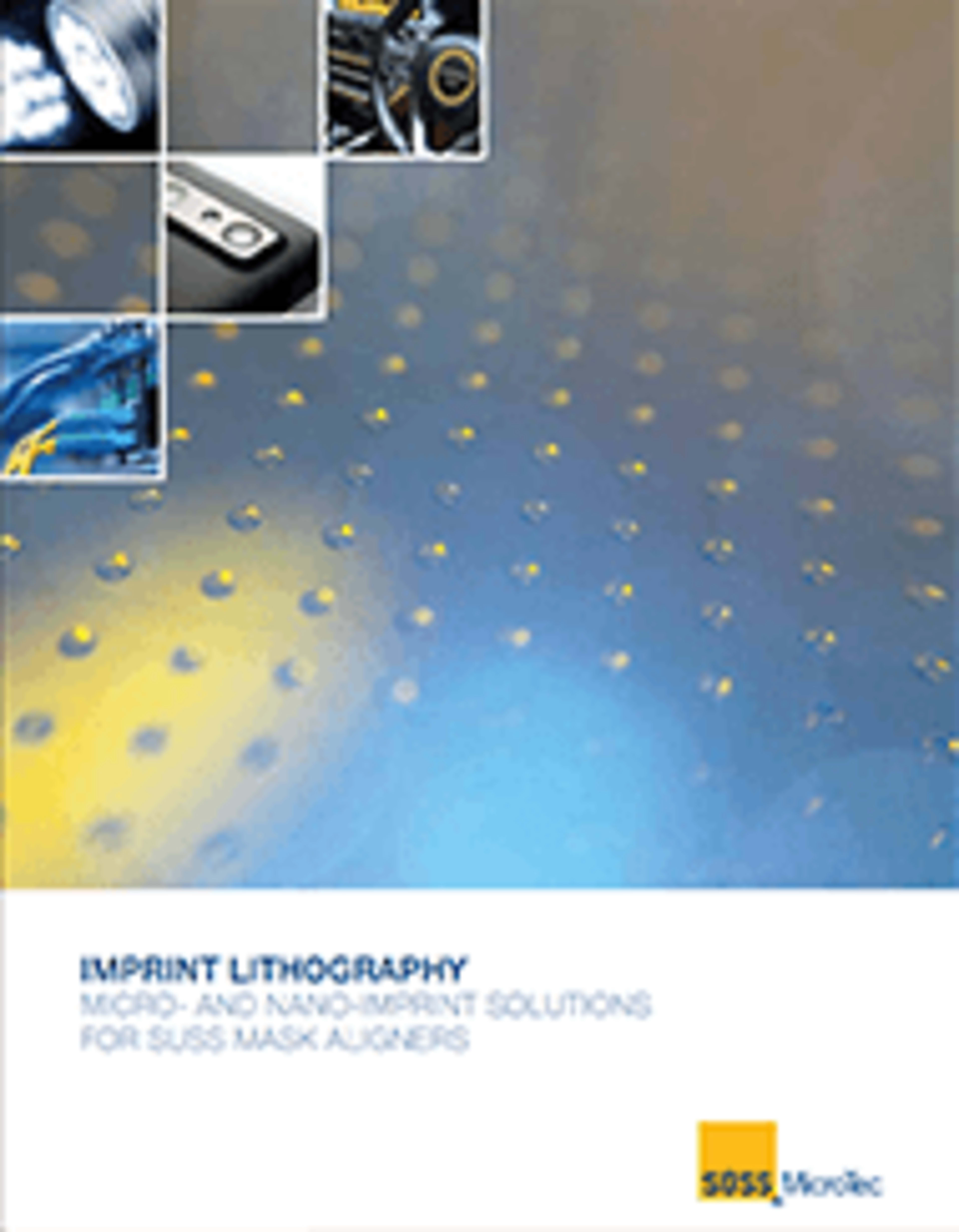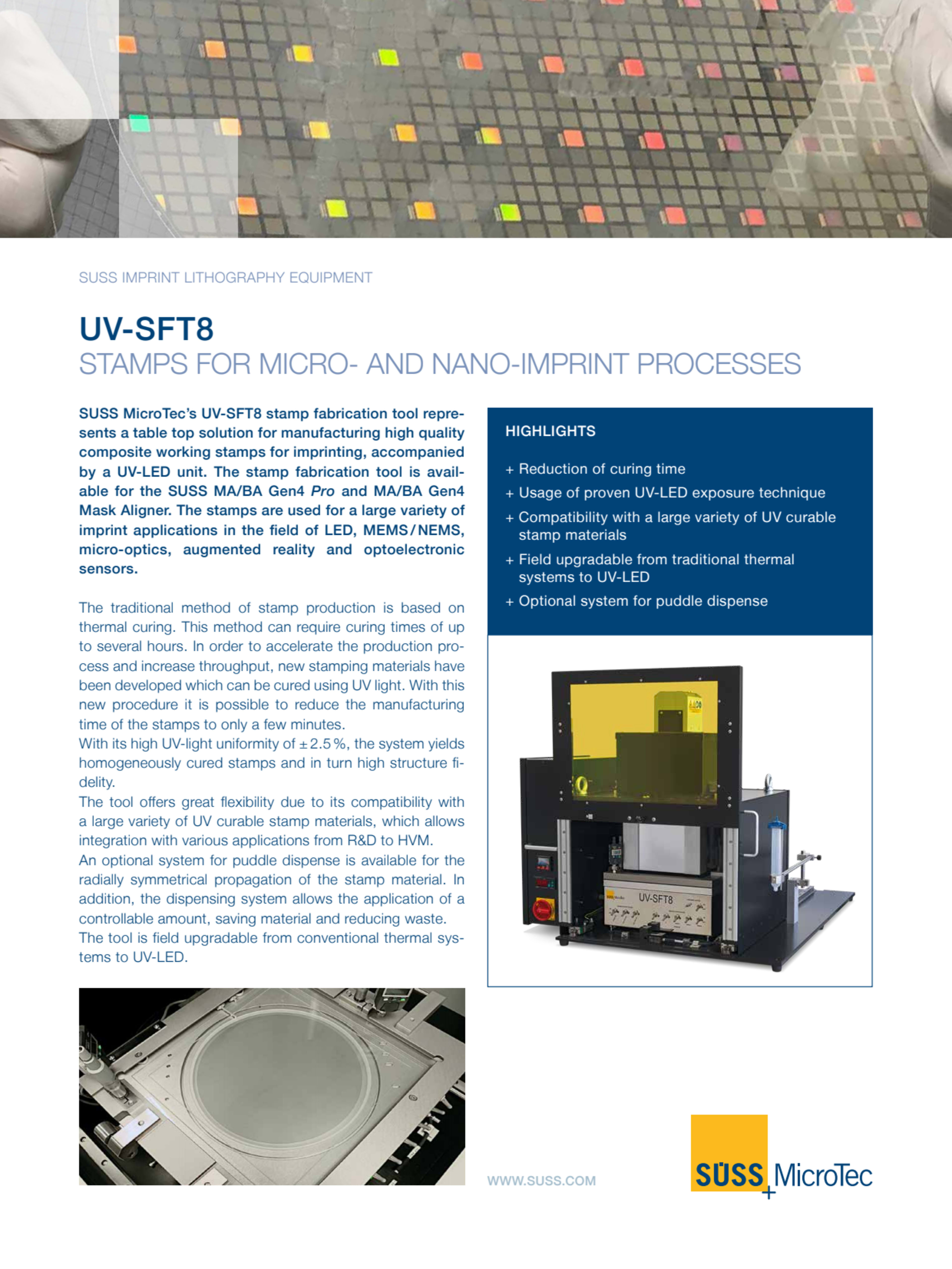
Imprint Lithography
Micro and Nanoimprint Solutions for SUSS Mask Aligners
SUSS offers various approaches to the imprint technology, tailored to the specific process requirements of different applications. All imprint solutions are based on SUSS’s highly regarded semi-automated mask aligner suite and support multiple substrate materials and sizes from small pieces up to 300 mm wafers.
The mask aligner platform not only allows for accurate alignment of stamp to substrate but also provides valuable functionalities such as precise stamp-to-substrate levelling and contact pressure control. Process recipes are conveniently edited, offering a high degree of adjustability for all relevant parameters. SUSS mask aligners already in the field are easily upgraded with imprint tooling.
SUSS Imprint Technologies
SUSS manual and semi-automated mask aligners are designed for maximum versatility. Fast and easy switching between all options and wafer/substrate sizes is at the core of SUSS’s imprint technologies. Different options in one tool save clean room space as well as investment costs, thus providing a high degree of flexibility in process and device development.
SMILE
Micro- and Nano-Imprinting
- Precise control over resist layer thickness and uniformity
- Structures on both wafer sides are possible
- Lens wafers stacking and UV bonding
- High alignment accuracy (+/- 1 µm)
- Edge handling or the application of buffer wafers to avoid active area contact
- Handling of warped wafers
For the transfer of patterns in the micro- to nanometer range, SUSS offers SMILE (SUSS imprint lithography equipment) technology.
There are two process variants, the use of which depends on the desired resolution.
- For the imprinting of microstructures, the photosensitive polymer is deposited in the center of the substrate, from where it spreads radially to the outer edges, filling the stamp cavities. The exact positioning of the process gap is actively controlled via a closed feedback loop, allowing a residual layer thickness to be achieved with superior reliability.
- To imprint nanostructures, a flexible stamp is used to contact the middle of a coated substrate and subsequently the contact is widened radially.
The process allows very precise exposure of both micro- and nano-patterns, thereby offering a wide spectrum of potential applications and thus excellent process flexibility. SMILE is used for example in the production of MEMS and optical lenses for wafer-level-cameras.
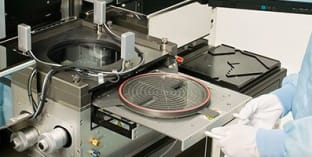
Stamp Fabrication
Stamps for Nano- and Micro-Imprint Processes
SUSS’s UV-SFT8 stamp fabrication tool represents a table top solution for manufacturing high quality composite working stamps for imprinting, accompanied by a UV-LED unit. The stamp fabrication tool is available for the SUSS MA/BA Gen4 Pro and MA/BA Gen4 Mask Aligner. The stamps are used for a large variety of imprint applications in the field of LED, MEMS / NEMS, micro-optics, augmented reality and optoelectronic sensors.
The traditional method of stamp production is based on thermal curing. This method can require curing times of up to several hours. In order to accelerate the production process and increase throughput, new stamping materials have been developed which can be cured using UV light. With this new procedure it is possible to reduce the manufacturing time of the stamps to only a few minutes.
With its high UV-light uniformity of ± 5 %, the system yields homogeneously cured stamps and in turn high structure fidelity. The tool offers great flexibility due to its compatibility with a large variety of UV curable stamp materials, which allows integration with various applications from R&D to HVM.
An optional system for puddle dispense is available for the radially symmetrical propagation of the stamp material. In addition, the dispensing system allows the application of a controllable amount, saving material and reducing waste. The tool is field upgradable from conventional thermal systems to UV-LED.
Highlights
- Reduction of curing time
- Usage of proven UV-LED exposure technique
- Compatibility with a large variety of UV curable stamp materials
- Field upgradable from traditional thermal systems to UV-LED
- Optional system for puddle dispense
Applications
Special substrate conditions such as uneven or warped wafers, materials like glass, sapphire, II-V compounds and challenging structure properties such as high aspect ratios, small feature sizes or non-periodic structures, place high demands on imprint equipment. SUSS’s imprint solution portfolio offers the flexibility to cover a wide range of applications.
LED
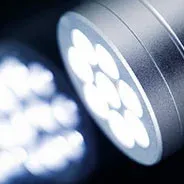
The demand for high performing LED is leading manufacturing towards PSS/ nPSS technology. The cost effectiveness and high yield of SUSS imprint technologies optimally address the challenges of this competitive market.
MEMS/ NEMS

MEMS typically pose manufacturing challenges with their high topography and nonperiodic structures. SUSS not only offers a wide range of specific functions especially adapted for MEMS, but also delivers highly accurate alignment as needed for optical gratings.
Microoptics
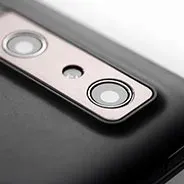
Imprint lithography ideally implements the manufacture of optical devices such as wafer-level cameras and image sensors into well-established semiconductor processes. SUSS provides reliable imprint solutions specially for patterning optical elements.
Photovoltaics

The non-periodic structures and specific substrate materials of solar applications make them challenging for standard imprint lithography. SUSS provides a full-field imprint solution that accurately reproduces irregular structures on fragile materials.
Products
All imprint solutions are based on SUSS’s highly regarded semi-automated mask aligner suite and support multiple substrate materials and sizes from small pieces up to 200 mm wafers. The mask aligner platform not only allows for accurate alignment of stamp to substrate but also provides valuable functionalities such as precise stamp-to-substrate levelling and contact pressure control. Process recipes are conveniently edited, offering a high degree of adjustability for all relevant parameters. SUSS mask aligners already in the field are easily upgraded with imprint tooling.
